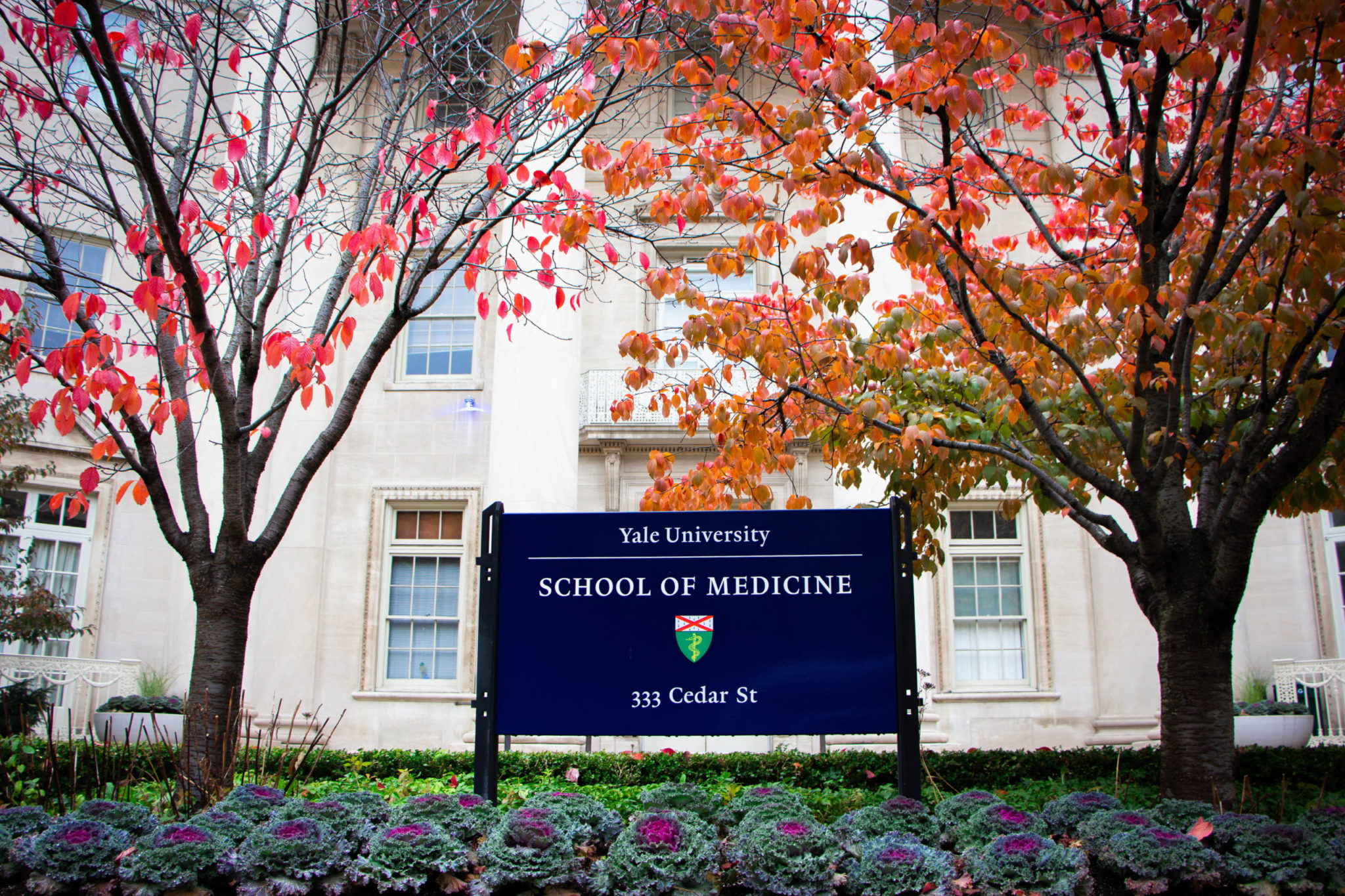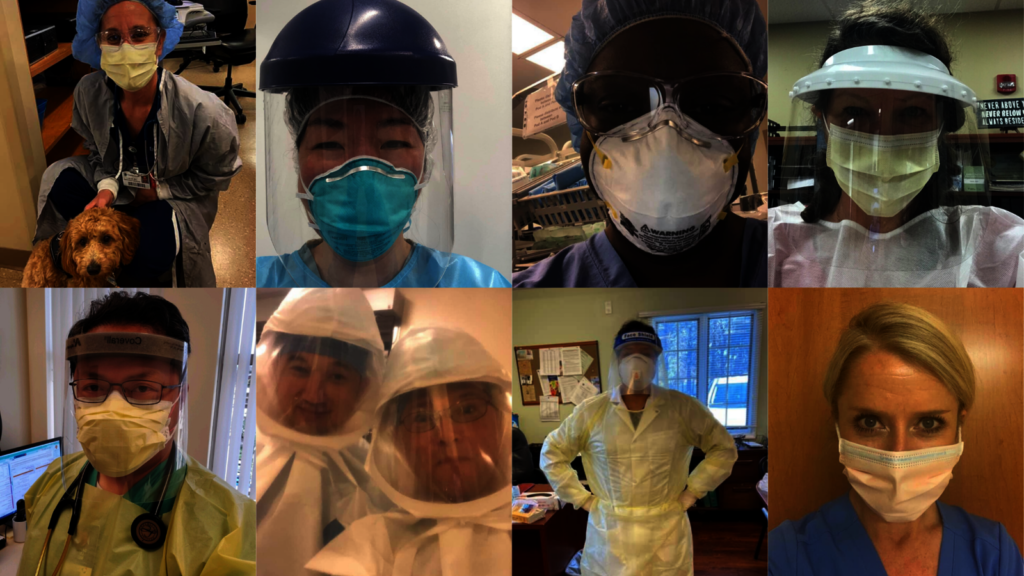
As the world faces crippling uncertainty under the weight of COVID-19, Yale researchers have joined professionals around the world in answering a call of duty in the fight against the novel coronavirus.
Hailing from multiple areas of expertise, Yale scientists, professors and researchers have spent the past few months focusing their efforts on improving their understanding of the virus –– which includes learning about why it has dominated the globe, how its spread can be addressed and what information is necessary to inform policy making.
Shrikant Mane, director of the Yale Center for Genome Analysis (YCGA), leads a group that is studying how human cells respond to infection by the virus and is sequencing the virus’ genome. In light of the novel coronavirus’ rapid rate of mutation, the expectation is that genetic information about different versions of the virus found all over the world will enable the tracing of cases while revealing information about the evolution of the virus as it spreads.
Scientists around the world are also trying to figure out why specific subsets of the population are more susceptible to infection by the virus or more likely to present with severe symptoms. Guilin Wang, who is also studying the coronavirus at the YCGA and acts as the center’s associate director of microarray research, is looking into the genomes of previously infected patients for answers. Through genome sequencing, he hopes to understand why 20 percent of those infected react more drastically while others may contract the infection without even realizing that they had it.
Ruth Montgomery, director of the Yale Cytometry Time-of-Flight facility and associate dean for scientific affairs at the Yale School of Medicine, is also studying patients’ genomes to figure out how the bodies of those who present a healthier response to the virus manage to do so. The intent is to use this knowledge in the development of treatment for those who fall more gravely ill.

As the associate director of the Yale School of Public Health and of the Connecticut Emerging Infections Program — a collaborative endeavor between Yale, the Connecticut Department of Public Health and the Centers for Disease Control — James Meek is one of the leaders in an effort to track confirmed cases of COVID-19 within the state and use that data to trace contacts who have been exposed.
The idea is to use this information to inform prevention strategies for groups that cannot adhere to social distancing, such as front-line health care workers and nursing home residents. Even though, in Meek’s opinion, the U.S. is still far from the point of being able to identify who is most vulnerable, these applications of data can be a good place to begin.
Another alarming issue provoked by the pandemic’s wide reach is the sparsity of COVID-19 testing. A team of virologists at Yale New Haven Hospital, led by professor of laboratory medicine Marie-Louise Landry, was able to successfully replicate the COVID-19 test in the beginning of March, which meant that, theoretically, more infected individuals in the state would have access to a prompt diagnosis.
Starting on March 17, multiple drive-through specimen collection sites were established throughout the state, where outpatients, inpatients and health care workers could have their samples collected. Following an initial period of training, Landry’s lab was able to screen between 250 and 300 samples per day. Not long after this, however, the shortage of materials due to delayed delivery limited the hospital’s testing capacity, decreasing the screening rate to roughly 100 to 200 samples per day.
Due to these issues on the testing scene, professionals at YNHH are exploring alternative ways to test patients for COVID-19. Associate research scientist in epidemiology Anne Wyllie has been studying the use of saliva samples for testing –– an alternative option that would save time and likely decrease the health risk facing health care workers with the current testing setup.
The preprint of this study, released on April 22, reported comparisons between tests performed using the current nasopharyngeal samples — retrieved from one’s nose — and saliva samples. The study found that detection of the virus in saliva samples was more sensitive, meaning that there were fewer false negatives, and that the test is generally more consistent when performed on saliva samples.
Moreover, researchers at Yale New Haven Hospital and the Yale School of Medicine, led by department chair and professor of epidemiology and medicine Albert Ko, are investigating what antibodies for SARS-CoV-2 can tell us regarding immunity against COVID-19. This is crucial information that will most likely ground decisions surrounding the reopening of cities and inform the development of vaccines and treatment.
One of the main topics that Ko and others are investigating is the significance of having antibodies. Could they represent total immunity? Could they pose a risk to the host’s immune system? If there are immunizing effects, how long does that immunity last for?
Researchers at Yale are also seeking ways to enhance immunity to COVID-19 by extracting SARS-CoV-2 antibodies from the blood plasma of patients who have recovered in order to develop a serum that can be injected into those who have fallen gravely ill. This idea comes from the general consensus among doctors that those who have overcome the disease have a high concentration of antibodies circulating within them.
Within the YNHH System, there have been some preliminary tests on the repurposing of N95 masks — a particulate-filtering piece of personal protective equipment that has been in dwindling supply in hospitals all over the country. Attempts to rid previously used masks of any dangerous agents on their surface have involved placing them in closed-off rooms with circulating hydrogen peroxide vapor.

The hospital, together with the Yale Center for Clinical Investigation, has adhered to clinical drug trials intended to assess the effectiveness of antiviral drugs in fighting off the infection, as well as its most aggressive symptoms. As of April 6, according to Thomas Balcezak, YNHH’s chief medical officer, the hospital was working on over 25 clinical trials.
It is a well known fact that those who present with more severe forms of COVID-19 often need ventilators. However, as ventilator shortages pose a heavy burden on health care systems around the world, accounts of ventilator splitting, which entails the sharing of ventilators between patients, have been on the rise.
Ventilators are not normally shared because lung conditions vary from person to person. Conditions such as pressure levels can be perfect for a specific individual but can often prove harmful for someone else. Moreover, if a person who is hooked up to a ventilator takes a breath unassisted, they may take air away from the other patients who are using the same device.
In order to tackle this problem, a Yale group led by Laura Niklason, professor of anesthesia and biomedical engineering, has developed a new system that allows for the safe splitting of a single ventilator among several patients. The system, called PReVentS, or Pressure Regulated Ventilator Splitting, includes a closed circuit, a three vent design that enables pressure to be controlled, clinical management to be delivered and interventions to be performed for each individual patient.
At the Yale Chemical and Biophysical Instrumentation Center, or CBIC, researchers are investigating a treatment for acute respiratory distress syndrome — the collection of fluid inside the lungs of those infected with the virus, often resulting in breathing difficulties. Because the CBIC possesses advanced analytical instruments that many research groups at Yale lack, they have partnered with New England Discovery Partners — an organization that specializes in drug discovery — to develop an anti-inflammatory agent that could be used to address the syndrome.
In terms of the political sphere, Howard Forman, a diagnostic radiology and economics professor and director of the health care management program at the School of Public Health, has been pushing for a stronger federal response to the pandemic in Congress and the White House.
Along with several co-authors, he published recommended guidelines for lawmakers surrounding emergency public health and health care measures, which may need to be enacted to protect the 30 million uninsured people in the U.S. In the short term, these recommendations are intended to support those who contract the infection or experience job loss as a result of its spread, but in the long term, the hope is that they will help fortify public health infrastructure.
As of May 2020, more than 4 million infections due to the novel coronavirus have been reported around the world.
Maria Fernanda Pacheco | maria.pacheo@yale.edu






